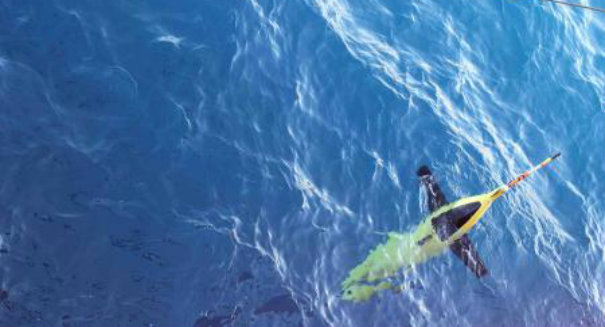
UC-Davis report reveals the source of the lake's iconic blue water.
Lake Tahoe has been known for decades for its sparkling blue water, and researchers think they have uncovered the secret, and a way to quantify it.
According to a report in the Christian Science Monitor, the blue water is not caused by clarity as originally thought, but the lack of algae in the water.
Shohei Watanabe of UC Davis devised a way of measuring the Blueness Index of the water using information from a NASA Jet Propulsion Lab research buoy and an instrument for measuring light.
The Blueness Index evaluates the water to determine what factors contribute to the water color. Geoffrey Schladow, director of the UC Davis Tahoe Environmental Research Center, said though the test was subjective, a number could now be assigned to monitor the color.
Since the area’s building boom of the 1950’s, efforts have been directed at increasing the clarity of the water in attempts to restore the iconic blue color. It was suspected that dust from construction had lowered the clarity of the water, thus diluting the color.
This new study suggests clarity and blueness are separate measurements, with clarity being controlled by sediment, and blueness due to algae content, or lack thereof.
Algal concentration increases with the amount of nutrients supplied to the water. Recent droughts in the area have reduced the amount of nutrients, such as nitrogen and phosphorus, being delivered to the lake, and in turn, reduced the concentration.
Watanabe stated water clarity should not be dismissed, but suggested nutrients and algae concentrations should be included in conservation efforts to increase the blueness of the lake.